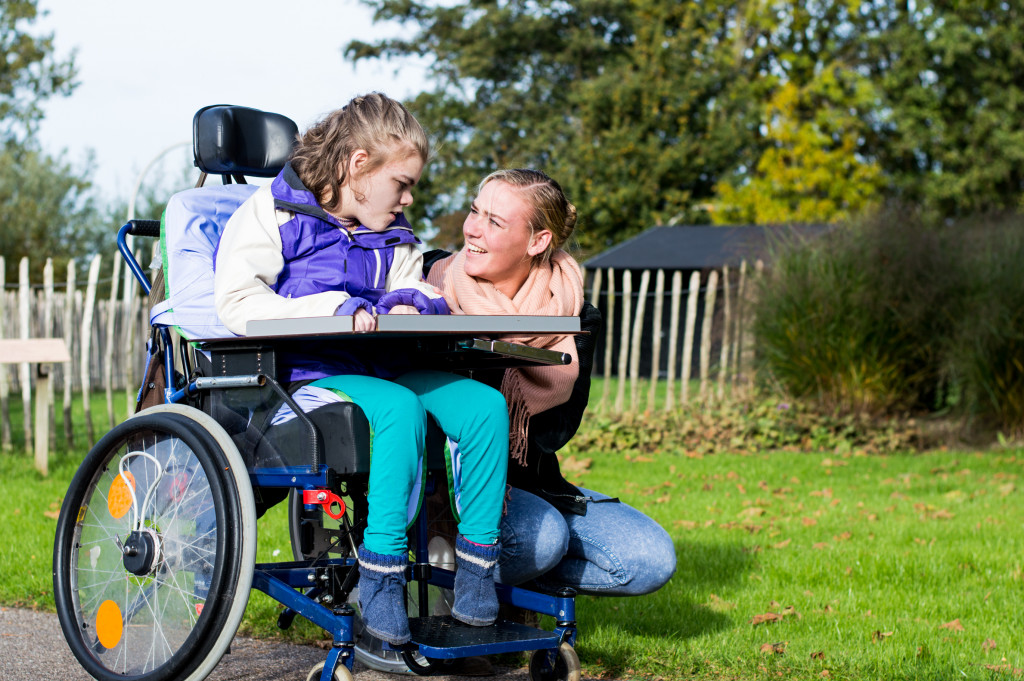There’s nothing more harrowing than hearing your child cry when in pain. Unfortunately, it might be your first-time caring for a kid, and you have no idea what to do. As a first-time parent, you will find that children are prone to get hurt. Whether it’s a minor fall or bump to more severe injuries, you must know how to comfort your child and get them the medical attention they need when something happens.
Keeping your child pain-free is a worthy achievement, but there might be times when your kid suffers from the sensation day in and day out. As a first-time parent, it will be necessary to take action. Here are a few things you can do to remove painful sensations from your child’s daily activities.
Consult a Doctor
When your child feels pain, it is imperative to go and see a doctor. This strategy is the best way to find out what is wrong and get medicine to help your child feel better. Doctors have experience dealing with children in pain, and they will be able to help you find the source of the problem and the best way to treat it.
Sometimes your child constantly feels pain, and you might want to try home remedies. But it is essential not to do this without talking to a doctor first. Some painkillers can be dangerous, and you don’t want to give your child something that could hurt them.
Find Out the Cause
Once you have seen a doctor, it is crucial to find out what is causing your child’s pain. It will help you know how to treat and prevent it from happening again. There might be times when an injury causes the pain, and other times it might be because of an illness.
If an injury causes pain, you must ensure that your child rests and heals properly. If an illness causes pain, you must find out what it is and how to treat it. You might need to give your child medicine or take them to a specialist.
Make a Daily Schedule
If your child is in pain every day, it is essential to make a schedule. This way, you can track when the pain occurs and how long it lasts. It will also help you see if any triggers make the pain worse.
Making a daily schedule will help you and your child’s doctor determine what is causing the pain. It might be something as simple as teething or growing pains. Or it might be something more serious that needs medical attention.
The strategy will also tell you which home remedies are effective and which ones are not. You can use this information to change your child’s daily routine and find ways to relieve their pain.
Seek Alternative Solutions
There are a few things that first-time parents must consider when their child is in pain. One of these is alternative solutions. It means looking into treatments that are not commonly used, like the chiropractor and pain management doctor.
The chiropractor can help if a misaligned spine causes the child’s pain. They will realign the spine and help to reduce the pain. The chiropractor might also advise on how to prevent the pain from returning.
The pain management doctor can help if the child’s pain gets caused by nerve damage. They will be able to prescribe medication to help reduce the pain. They might also recommend surgery to fix the nerve damage.
Alternative solutions are not always necessary, but they can be helpful if the standard treatments are not working.
Give Your Child a Break

It is essential to give your child a break from their pain. It means you must find ways to distract them and take their mind off of it. There are many ways to do this, including:
- Playing games
- Watching movies
- Going for walks
- Taking a bath
- Reading books
Giving your child a break from their pain will help them feel better and heal faster. It will also help you avoid getting frustrated with them.
Find Support Groups
Sometimes you feel like you are the only one dealing with a child in pain. But there are other parents out there who understand what you are going through. Joining a support group can help you:
- Feel less alone
- Share tips and advice
- Get emotional support
You can find support groups online or in your community. Talking to other parents dealing with the same can be very helpful.
Conclusion
It can be difficult and frustrating if your child is in constant pain. But there are things you can do to help. Talk to your child’s doctor, make a daily schedule, seek alternative solutions, give your child a break, and find support groups. These tips will help you cope with your child’s pain and find ways to relieve it.




